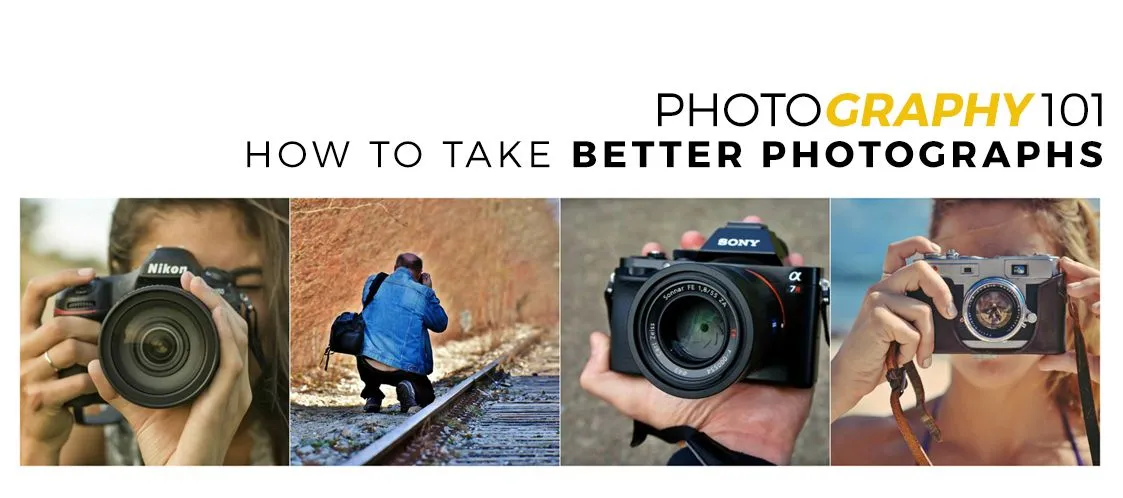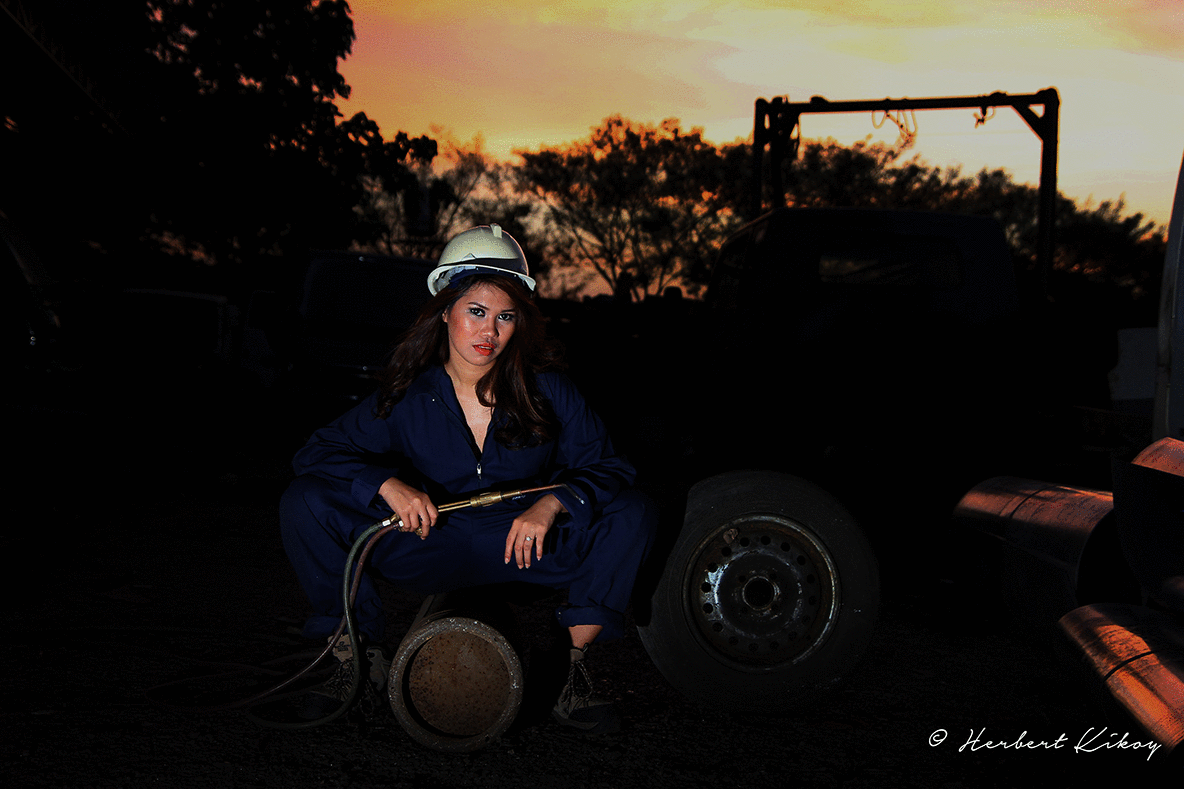
You've probably have seen at least one interesting photograph in the not-too-distant past that made you wow and/or compliment the photographer in question, and were possibly left wondering why your photos never look like that too.
Well, unlike creative painting or professional sports – which take a certain amount of natural skill – photography is, and has always been, about the right elements at the right time; essentially making it possible to capture a masterpiece by sheer chance at the click of a button.
Real photographers, of course, know how to balance the odds in their favour. And it's in those very details that you can stand yourself in good stead to create something that appears special, not just to you, but to anyone that looks at your images.
Taking control of your photographs will always be easier if you have a camera which allows you some degree of manual control.
So, with that in mind, here are a few tips to consider before you press that shutter button:
Remember the Basics of Photography
Basic rules such as keeping horizons straight and using proper focus seem almost too simple to mention, but a surprising number of people don't pay heed to these margins at all. Taking care of these two points will not necessarily make your photos likable, but they will stop them from being immediately labelled as completely ignorable and rough on the eye.
Try looking beyond the main subject in the frame and see if the background is parallel with the top and bottom edges of the viewfinder. Whether it's a distant horizon, a wall or a rooftop, make a point of checking first, and then level-up before you click. If you find this difficult to judge, more advanced cameras will have an option of overlaying a grid pattern on the screen as a reference point to go by.
With autofocus, given enough light, the camera will lock on and most likely beep at you to tell you it has focused before you have much of a chance to check for yourself. So, after you've pressed the shutter button halfway and heard that beep, pause for a moment and make sure that the main subject is the one in focus and not the background.
Secondly, much like firing a rifle, a clear shot is obtained by gently squeezing the button. A jerky hand movement at this point can spoil what would have been a sharp image.
Use Effective Focus to Add Depth to Your Images
Effective focus is essentially a way of using the point of focus (the sharpest part of the image) to draw attention to the place of interest within the picture, allowing you to bring the viewer to your own interpretation of what's going on. This can be as simple as choosing to focus on a hand instead of a face, or on an unexpected character in a crowd of people.
When you see something of interest and bring the camera up to your eye, learn to take control of which focus point your camera will use – by manually selecting it yourself; most decent cameras will allow you to do this.
Don't Let Distracting Elements Ruin Your Photographs

Distracting elements within a frame can all too easily take away power and any sense of balance that your images have. A fussy background will confuse the viewer, making it difficult for the eye to rest on the one or two things that you intended to capture.
Much like checking for a straight horizon, do a background check, and if necessary, move either yourself or the subject to a position that omits the offending article from the shot. Failing that, if your camera has aperture-priority mode, use it to select a larger aperture (small f-number), which will render the background out-of-focus and bring the attention back on your subject.
A Natural Expression for the Professional Look

Natural expressions can bring an ordinary photo into the realm of something much more creditable. Somehow, seeing a genuinely happy smile, or a look of despair, can bring the viewer into the mood of the shot without them having to think about it, making your photos reactionary and poignant.
Always be ready with your camera. In a busy environment such as a marketplace, keep your mind on what you're looking for and you'll be more ready to capture it when it appears in front of you. Know what your focus mode is switched to, know your aperture and ensure the ISO is high enough to give you a fast enough shutter speed for the conditions.
Taking care of these settings beforehand will keep your mind firmly on grabbing the shots more or less instantly when they happen; standing in front of someone with a camera to your face and fiddling with the dials will only bring attention to yourself and give your subject the "stare look."
Learn About Exposure and Get to Know Your Camera
Understanding exposure will not only render your images easy on the eye, but can also lend a good degree of mood with the right elements.
The human eye can handle a wide latitude of shadows and highlights, but a camera cannot. By taking plenty of photos, you can learn the limits of your camera's ability to capture detail in these areas. Decide what's most important in the image; do you want the shadows to be shadows, or do you want to capture what's lurking in them?
The spot meter on your camera will give you the choice on which way to swing. Try placing it in different parts of the image and locking the exposure (using the "AE lock" button) before recomposing for the final shot.
Above all, keep taking plenty of pictures. By looking at your best shots and trying to learn what works and what doesn't, you'll soon understand the reasons why.
Here are several photos I took from a recent trip with the above guidelines in mind. I'm always open for criticism, please be my guest.

The photos above are taken with a Huawei P10 smartphone in Manual mode.
That's it for now guys and stay tuned on Sunday for the second episode of Photography 101. If you wish to check on our previous releases, see the list below.
- Photography 101: Traveling With a Camera
- Mobile Photography 101: 4 Essentials to Capture Perfect Portrait Shots
- Photography 101: Photography Ideas For Your Next Rockstar Shots
- Photography 101: Common Mistakes To Avoid
- Photography 101: High Dynamic Range (HDR)




